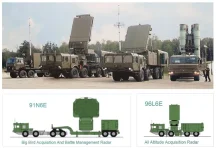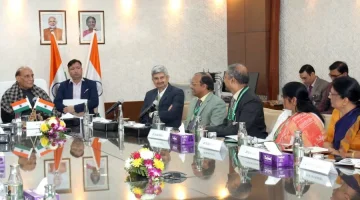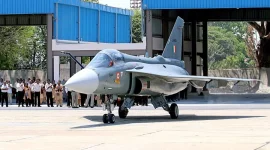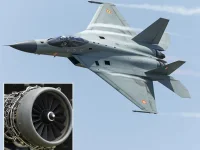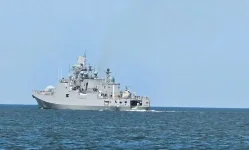- Views: 3K
- Replies: 14

In a major boost to India's national security, Defence Minister Rajnath Singh confirmed the successful deployment of the Agni-V intercontinental ballistic missile equipped with Multiple Independently Targetable Re-entry Vehicle (MIRV) technology. This significant advancement, known as "Mission Divyastra," substantially enhances India's nuclear deterrence capabilities.
During a press conference, Singh emphasized the strategic importance of this development, stating, "Agni-V with MIRV capability sends a clear message that India possesses the capability and resolve to defend its sovereignty and interests against any potential threat. It significantly strengthens our deterrence posture and demonstrates our preparedness to address modern-day security challenges."
Developed by the Defence Research and Development Organisation (DRDO), the Agni-V is an intercontinental ballistic missile with a range exceeding 5,000 kilometers, capable of reaching targets across Asia and parts of Europe. The integration of MIRV technology allows the missile to deploy multiple warheads, each capable of striking different targets with pinpoint accuracy. This capability significantly enhances the missile's effectiveness and complicates enemy defence strategies.
Mission Divyastra, the codename for the first successful flight test of the Agni-V with MIRV technology, was met with widespread acclaim. Prime Minister Narendra Modi lauded the achievement on social media, stating, "Proud of our DRDO scientists for Mission Divyastra, the first flight test of indigenously developed Agni-5 missile with Multiple Independently Targetable Re-entry Vehicle (MIRV) technology." This successful test places India among a select group of nations with MIRV capabilities, including the United States, Russia, China, France, and the United Kingdom.
The deployment of Agni-V with MIRV technology sends a strong signal to India's neighbours, particularly China and Pakistan, regarding its enhanced nuclear capabilities. It is widely seen as a direct response to the regional arms race, especially China's expanding missile arsenal. Analysts believe this development will reshape the strategic balance in South Asia, potentially contributing to a more stable deterrence environment if coupled with sustained diplomatic efforts.
The Agni-V is a three-stage solid-fueled missile with a length of 17 meters and a launch weight of 50,000 kg. It can carry a payload of 1,500 kg. The development of the Agni-V began in the 2000s, with the first test flight conducted in 2012. The missile has undergone several successful tests since then, demonstrating its reliability and accuracy. The integration of MIRV technology further enhances its strategic value, providing India with a credible and potent deterrent against any potential aggression.

